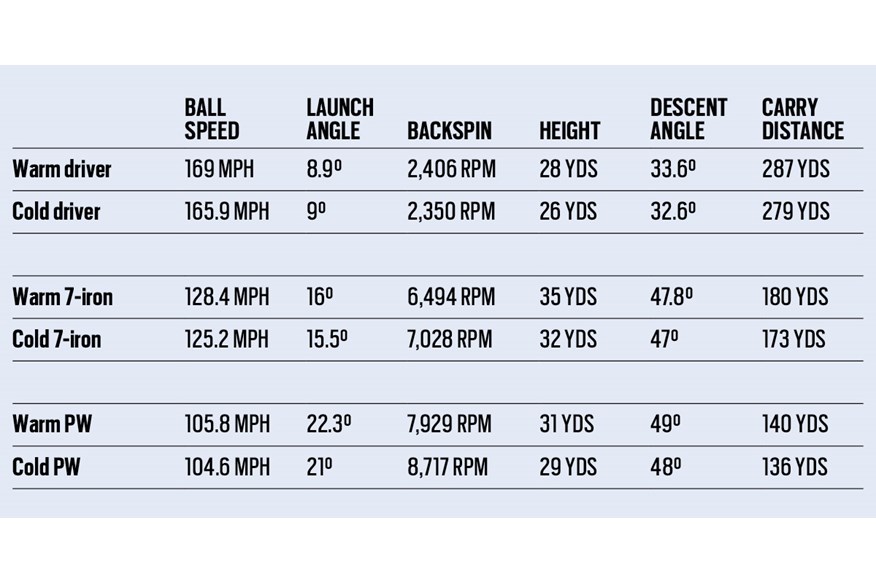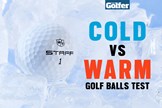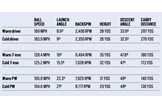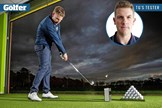TESTED: How does the cold affect a golf ball’s performance?
Last updated:
We’re all guilty of leaving our golf bags and balls in the car boot or shed from time-to-time but have you ever considered how much it could be impacting your performance, especially in the cold months of winter golf? We tested cold golf balls against warm to find out exactly how much it could be affecting your game.
With an early tee time, you might be tempted to be organised and get your clubs in the boot of your car the night before. That’s unwise. Thanks to the testing we’ve done over the years, we know the cold has a bigger effect on golf ball performance than heat, but what does that actually mean? And crucially, how much difference can you expect to see on the golf course?
RELATED: Best Winter Golf Balls
Meet our Cold vs Warm Golf Balls tester
TG Test Pro Neil Wain (below) is a highly-experience PGA Professional based at Keele Golf Centre in Staffordshire. For added consistency we work with Neil on all of our golf club and ball tests.
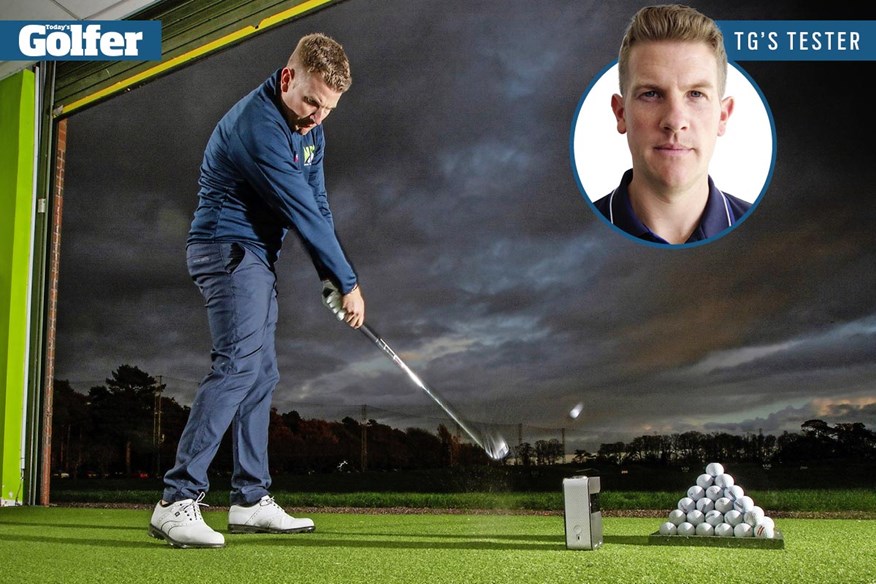
How we performed our Cold vs Warm Golf Balls test
We wanted to see the difference between driver, iron and wedge performance when using a cold golf ball, so delivered three dozen premium (urethane covered) balls to Neil cold (but not frozen) and a further three dozen balls hot. All balls were the same make and model.
We asked him to hit a 12 shots each with his driver, 7-iron and pitching wedge on the Foresight GC Quad launch monitor.
RELATED: Best Waterproof Golf Jackets
What our Cold vs Warm Golf Balls test revealed
If you leave your golf bag in the car overnight, our numbers should be enough to convince you that your golf balls should be tucked up warm and cosy inside.
On average, across the three clubs, our pro hit the warmer balls 2.5mph faster (3.1 and 3.2 mph with driver and iron respectively) than the cold ones.
Across the three clubs that’s an average carry gain of 6.3 yards (eight yards and seven yards with a driver and iron respectively). Combine a drive with an approach shot and that’s more than enough to be hitting 1.5-to-two clubs less into a green.
We’ve seen over the years how harder balls often spin more with a wedge than a softer alternative. Thanks to the cold firming up compression, it’s not surprising our cold ball 7-iron and wedge numbers showed 500-700rpm extra backspin over their cosy warm counterparts, too.
The colder balls also flew on average 8% lower, which of course reduces stopping power when shots hit the green.
RELATED: Revealed – The best golf ball for your game
Cold vs Warm Golf Balls test: The statistics
